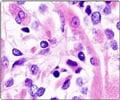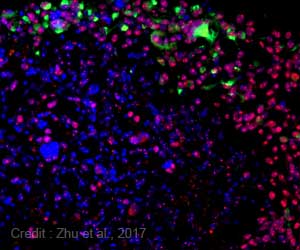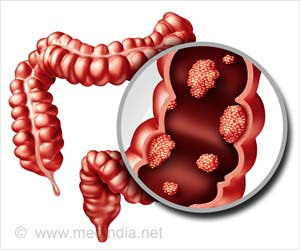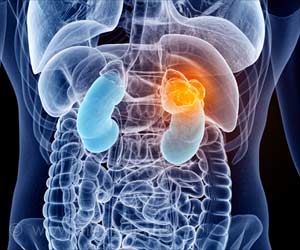A scientist from the University of New South Wales in Sydney has devised a technique to reduce the trauma of chemotherapy in people with cancer, raising hopes that patients’ lives will be saved or extended.
Professor Philip Hogg, the director of the university's NSW Cancer Research Centre, says that his test uses a dye to determine whether cancer cells are being destroyed or not.He says he has developed a family of molecules that attach themselves to dying or dead cancer cells, which enables doctors to determine whether a particular course of treatment is working within 24 hours of the first dose.
Currently, patients receiving chemotherapy or radiotherapy have to undergo a full cycle of treatment, which can take up to six months, before it can determined whether the tumour has been reduced or has grown.
Professor Hogg says the dye may prevent patients from the side effects in case their combination of cytotoxic drugs proves ineffective. He also says that new test can enable doctors to personalise treatment.
"Chemotherapy has three outcomes - the tumour is reduced, stays the same, or it grows and spreads - but we have no way of knowing which way things are going until the end of a cycle of treatment, or several cycles," the Sydney Morning Herald quoted him as saying.
"If, at the end of a cycle, we find out the tumour has not been reduced, the oncologist must prescribe a new combination of drugs, or a different treatment, and the patient starts again. This means patients go through a lot of trauma and many don't have the time to waste on ineffective therapies," he added.
Advertisement
He says that an oncologist can immediately change the treatment in case none of the cancer cells dies.
Advertisement
He said that the dye was expected to work on the cancers of lung, breast, colon and prostate. However, it would not be suitable for leukaemia.
The US pharmaceutical giant Covidien has bought the development rights in an undisclosed worldwide deal worth tens of millions of dollars in royalties to the university.
The firm hopes to have the dye on the market within five years. Clinical trials with it will begin within two years.
Source-ANI
LIN/C











